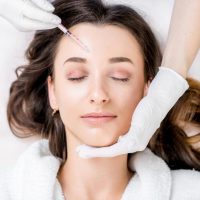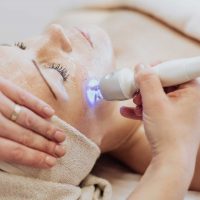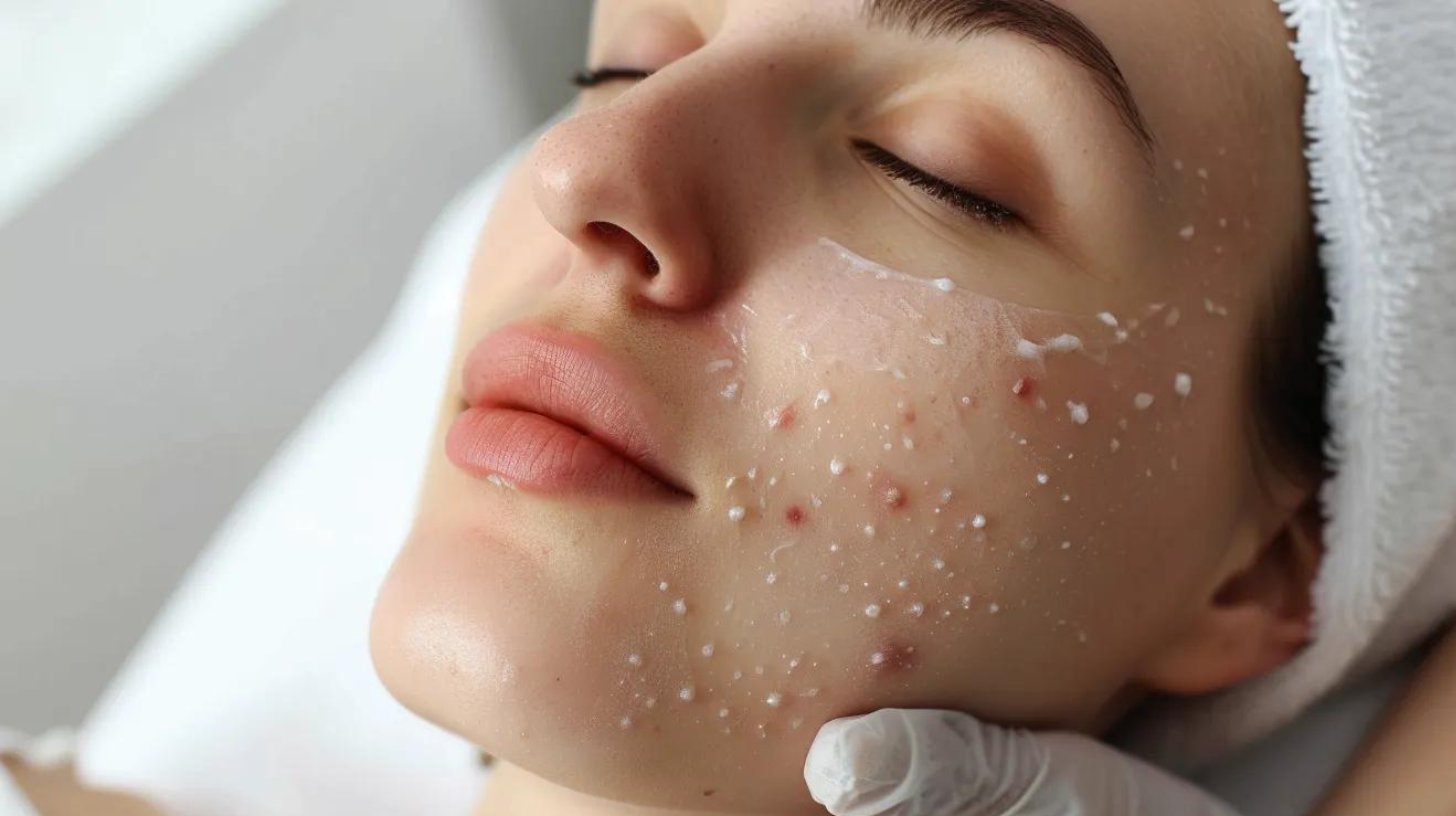After years of Botox, your forehead muscles naturally weaken because they stay relaxed for long periods. This reduces wrinkle formation and keeps the skin smoother and tighter. Fine lines appear less often, and your skin texture improves since it’s no longer folding repeatedly. Most of these effects reverse once treatments stop, and normal muscle movement gradually returns.
How Does Botox Work on Forehead Muscles?
Botox blocks nerve signals to forehead muscles, stopping contractions that create wrinkles. The frontalis muscle lifts eyebrows and creates horizontal forehead lines. Botox injections prevent this muscle from receiving acetylcholine, a chemical messenger. Paralyzed muscles cannot contract. Skin above relaxed muscles stays flat.
Botox contains a purified form of botulinum toxin type A. Doctors dilute the powder with saline solution before injection. A typical forehead treatment requires 10 to 30 units spread across multiple injection points. The toxin binds to nerve endings near muscles, preventing acetylcholine release. Without acetylcholine, muscles cannot receive contraction signals from the brain.
What Muscles Does Botox Target?
Forehead Botox treats three main muscle groups. The frontalis muscle creates horizontal lines across the forehead. The corrugator supercilii muscles between eyebrows form vertical frown lines. The procerus muscle at the nose bridge creates horizontal lines between eyebrows. Doctors inject 10 to 30 units of botulinum toxin into these areas. Results appear within 3 to 14 days. Effects last 3 to 6 months per treatment.
Treatment patterns vary by individual facial anatomy. Men typically have stronger forehead muscles than women, requiring more units for equivalent results. Age also affects treatment needs. Younger patients often need fewer units initially while older patients with established wrinkles may need higher doses.
How Long Before Results Appear?
Visible wrinkle reduction begins 3 to 7 days after injection. Full effects develop by day 14. Muscle paralysis reaches peak strength at 2 weeks. Some patients notice changes within 24 to 48 hours.
During the first week, patients watch for signs of muscle relaxation. The forehead feels slightly heavy or tight. Raising eyebrows becomes more difficult. Expression lines soften when making faces. By week two, the forehead appears noticeably smoother with deep wrinkles becoming shallow and fine lines potentially disappearing completely.
What Happens to Forehead Muscles After Years of Botox?
Prolonged Botox use causes muscle atrophy, reducing mass and contractile strength. Studies show repeated botulinum toxin injections result in permanent chemical changes and reduced muscle function. Muscles shrink from lack of use. Nerve connections weaken. Facial movements decrease even between treatments.
Research from the University of Calgary found that animals injected with botulinum toxin experienced muscle weakness throughout the body, even far from injection sites. Medical journals document serial injections in facial muscles may cause permanent chemical denervation. Facial muscles harbor low receptor levels, making them more vulnerable to denervation upon blocked neuromuscular transmission.
Do Forehead Muscles Get Permanently Weaker?
Muscles weaken temporarily, not permanently. Atrophy occurs more commonly in patients who receive consistent Botox on a regular schedule. Surrounding muscles may compensate for weakened areas. The frontalis muscle thins more than muscles between eyebrows. Muscle atrophy after botulinum toxin treatment remains both reversible and temporary.
The degree of atrophy depends on dosage, frequency, and duration of use. When patients stop treatment, muscles begin recovery immediately. New nerve branches sprout and reconnect to muscle fibers. This reinnervation process takes several months. Full recovery may take 6 to 12 months depending on how long muscles remained paralyzed.
Does Muscle Weakening Cause Problems?
Mild muscle atrophy benefits appearance by reducing wrinkle formation. Small amounts of atrophy shift work to larger muscle groups, creating smoothness and adding volume. Excessive atrophy creates a frozen appearance. Skilled injectors prevent over-treatment by adjusting dose and placement.
Problems arise when atrophy becomes too pronounced. Overtreated foreheads lose natural movement completely. Asymmetric atrophy creates additional concerns. Uneven injection techniques cause one side to weaken more than the other, producing crooked eyebrow positions or uneven forehead smoothness.
How Does Long-Term Botox Affect Skin Quality?
Regular Botox increases skin elasticity and collagen production. Research shows Botox injections increase skin pliability and elasticity over four months. Relaxed muscles allow skin to repair damage from repeated folding. Clinical observations suggest botulinum toxin stimulates collagen reorganization within the extracellular matrix.
A study published in JAMA Facial Plastic Surgery found patients receiving Botox showed increased skin elasticity measurements. The mechanism involves reduced mechanical stress. Constant muscle contractions create repetitive trauma to overlying skin. Relaxed muscles eliminate this stress, allowing skin to heal and reorganize into more uniform patterns.
Does Botox Make Skin Thinner?
No scientific evidence proves Botox thins skin. Some patients report thinner-looking skin after years of treatment. Natural aging, sun exposure, and collagen loss cause skin thinning, not Botox. Studies suggest Botox injections may improve skin elasticity rather than reduce it.
The perception of thinner skin likely stems from other factors. As people age while receiving Botox, natural skin thinning occurs independently of treatment. Dermatologists note treated skin often looks healthier than untreated areas. Combining treatments like chemical peels with regular Botox produces superior outcomes.
Can Botox Improve Skin Texture?
Yes, Botox treatments create smoother, more even skin texture. Relaxed muscles reduce repetitive stress, aiding maintenance of collagen and elastin. Skin appears brighter after years of consistent treatment. Reduced muscle movement prevents new lines from forming.
Combining Botox with resurfacing procedures amplifies texture benefits. Microneedling stimulates collagen production through controlled injury. Laser treatments remove damaged surface layers and trigger collagen remodeling. When paired with Botox’s muscle relaxation, these procedures produce dramatic texture improvements.
What Happens When You Stop Botox After Years?
Wrinkles return gradually to pre-treatment appearance, not worse. The only effect will be wrinkle return, occurring more slowly than without prior Botox use. Muscles regain full movement over 3 to 4 months. Forehead wrinkles go back to how they looked before starting injections. No rebound effect occurs.
The Mayo Clinic confirms that discontinuing Botox returns forehead wrinkles to their appearance before treatment started. Your face will not become more wrinkled as a result of Botox use. The transition period varies by individual with treatment history influencing recovery timeline.
Do Wrinkles Come Back Worse?
No, stopping Botox does not worsen wrinkles. Muscles gradually resume normal activity and appearance, returning skin to pre-treatment state. Wrinkles appear at the current age level, not accelerated. Treated muscles slowly regain movement, and expression lines begin to reappear.
The perception that wrinkles look worse after stopping often relates to adaptation. Patients grow accustomed to their smooth appearance. Seeing natural wrinkles return creates a stark contrast, making normal aging more noticeable.
Will You Look Older After Stopping?
You will still look younger than without any Botox treatment. One study of twins found long-term Botox use led to fewer and less severe wrinkles, effectively slowing aging. After ten years of use, you continue aging gracefully even after stopping. Muscles remember reduced movement patterns for months.
The twin study published in 2006 provided compelling evidence. One twin received regular Botox injections for 12 years while her sister only received treatments twice. Seven months after their last injections, the regularly treated twin showed significantly fewer crow’s feet. Long-term users often report continued benefits for 6 to 12 months after stopping.
How Long Does It Take for Muscles to Recover?
Full muscle recovery takes 3 to 6 months after final injection. Partial movement returns within weeks. Muscles get reinnervated by tiny new nerve branches and work again, just not as strong at first. Complete strength restoration may require additional time. Recovery progresses in stages with weeks two through four showing subtle movement returning and months two and three bringing noticeable strength gains.
Do You Need Less Botox Over Time?
Yes, many patients require smaller doses and less frequent treatments after years of use. Initial treatments occur every 12 to 16 weeks, but frequency reduces as muscles weaken and train not to move aggressively. Some patients extend intervals to 6 months or one year. Muscle training and reduced use keep skin smooth and wrinkle-free.
This dose reduction occurs through multiple mechanisms. Weaker muscles need less toxin for paralysis. Patients also develop behavioral modifications, unconsciously making fewer expressions that activate treated muscles. Cost savings accumulate significantly over time with reduced frequency and lower doses cutting yearly costs by thirty to fifty percent after five years.
Why Do Treatment Intervals Increase?
Weaker muscles need less toxin to maintain paralysis. Consistent treatment schedules keep muscles weak, reducing time needed for reversal. The body processes Botox differently after multiple treatments. Some patients develop improved neuromuscular efficiency. Behavioral factors contribute equally as patients develop new facial expression habits, reducing muscle demand even between treatments.
Can You Ever Stop Needing Botox?
Muscle memory may reduce wrinkle severity, but treatment must continue for maintained results. Regular use trains muscles and nerves to naturally contract less even between treatments. Stopping treatment allows full wrinkle return. Preventative benefits disappear without maintenance. The decision to continue or stop depends on personal priorities with financial considerations, life changes, or shifting aesthetic preferences all influencing these decisions.
What Side Effects Occur From Long-Term Botox Use?
Common long-term effects include temporary heaviness, uneven texture, and rare muscle compensation. Most side effects resolve within weeks. Serious complications remain extremely rare with proper administration. The safety profile of cosmetic Botox remains excellent across decades of use with serious adverse events staying below one percent.
Can Botox Cause a Heavy Forehead Feeling?
Yes, temporary heaviness affects some patients immediately after injection. Over-relaxed frontalis muscles or low placement near eyebrows causes brow weight. Stiffness peaks in the first few days. Heaviness begins easing within 1 to 2 weeks, fading significantly by 2 to 6 weeks.
The heavy sensation results from altered muscle balance. The frontalis normally lifts eyebrows and upper eyelids continuously. Paralyzing this muscle removes that lifting force. Prevention involves conservative dosing during initial treatments with lower units allowing patients to experience the sensation before committing to higher doses.
Does Botox Create New Wrinkles?
Rarely, undertreated muscles compensate by creating different movement patterns. New glabellar protrusion or forehead lines appear in 2 to 4 patients after injection. Exaggerated wrinkles nearly disappear without treatment by week 4. Proper injection technique prevents compensatory wrinkles. Experienced injectors anticipate compensation patterns and treat muscle groups together rather than isolating single areas.
What About Drooping Eyelids?
Eyelid ptosis occurs in less than five percent of forehead treatments. Improper injection placement or excessive dose causes this effect. Droopy eyelids should disappear in 4 to 6 weeks. Apraclonidine eye drops temporarily improve symptoms. Prevention requires precise injection technique and proper dosing with injections staying at least one centimeter above the orbital rim to prevent toxin migration.
Should You Start Preventative Botox in Your 20s or 30s?
Starting Botox in late 20s to early 30s prevents dynamic wrinkles from becoming permanent. Preventative Botox helps maintain natural appearance longer by stopping fine lines before they set. Small Botox concentrations in forehead, glabella, and eyes prevent muscle contraction and dynamic wrinkle formation.
The preventative approach represents a paradigm shift in cosmetic dermatology, focusing on preventing wrinkle formation rather than treating established wrinkles. Younger patients typically need minimal doses with preventative treatments using 10 to 15 units compared to 20 to 30 units for corrective treatment.
What Age Should You Begin Botox?
Most dermatologists recommend starting between ages 25 and 35. Begin preventative injections when fine lines appear during facial expressions. Start considering treatments when noticing fine line formation in 20s or 30s, as most people see deeper wrinkles in 40s.
Individual factors determine optimal timing. Genetics play a large role with people having parents who developed early wrinkles benefiting from earlier treatment. Fair skin shows aging signs sooner than darker skin. The consultation process helps determine readiness with providers assessing skin quality, muscle strength, and existing lines.
Does Early Botox Prevent All Wrinkles?
Early treatment delays wrinkle formation but does not eliminate aging. Targeting common areas like mouth, eyes, eyebrows, and forehead retains smooth, youthful appearance for many years. Genetics, sun exposure, and lifestyle still affect skin aging. Preventative Botox reduces severity, not occurrence.
Multiple aging mechanisms operate beyond muscle contraction. Botox addresses only the muscle-contraction component. Comprehensive anti-aging strategies require multiple modalities including treatments for volume loss requiring fillers, skin tightening for loose skin, and skin texture improvements requiring resurfacing.
Can You Start Botox Too Young?
Starting before age 25 without visible lines risks unnecessary muscle weakening. Too much Botox for too many years causes muscle flattening, showing atrophy signs, especially around eyes. Skin becomes thinner and looser. Face may recruit other muscles to frown, creating unexpected lines in unusual, untreated areas. Conservative recommendations suggest waiting until lines appear at rest rather than treating dynamic wrinkles visible only during expressions in very young patients.
How Much Does Long-Term Botox Cost?
Average Botox treatment costs five hundred twenty-eight dollars per session, totaling fifteen hundred to two thousand dollars yearly. The American Society of Plastic Surgeons reports average botulinum toxin injection costs at $528. Forehead treatments need 10 to 30 units per session. Men require higher doses than women. Treatment every 4 months equals 3 sessions annually.
Cost calculations must account for multiple factors including initial consultations, per-unit versus per-area pricing, and travel expenses. Urban patients may face higher pricing than rural counterparts with board certification, specialty training, and extensive experience justifying higher fees.
Does Botox Become More Expensive Over Time?
No, costs may decrease as treatment frequency reduces. Smaller doses and extended intervals occur as muscles weaken from lack of use. Early preventative treatments cost less than corrective procedures later. Some clinics offer loyalty programs or membership discounts. Package deals and prepayment options provide additional savings with some practices offering discounts for purchasing multiple treatments upfront.
What Factors Affect Botox Pricing?
Five main factors influence cost. Geographic location determines market rates. Provider experience level affects pricing. Clinic overhead contributes to final costs. Number of units needed varies by individual. Treatment area size changes total expense. Urban centers command premium pricing with New York and Los Angeles averaging twenty dollars per unit while rural areas may charge ten to twelve dollars per unit.
What Treatments Work Well With Botox?
Dermal fillers, chemical peels, microneedling, and laser resurfacing complement Botox results. Botox relaxes muscles while fillers restore volume. Combined treatments address multiple aging signs simultaneously with Botox preventing dynamic wrinkling, fillers replacing lost volume, resurfacing improving texture, and tightening addressing laxity.
Should You Combine Botox and Fillers?
Yes, combining treatments provides comprehensive facial rejuvenation. Providers suggest adding dermal fillers for better effect when frown lines appear at rest around age 60. Botox treats dynamic wrinkles from muscle movement. Juvederm, Restylane, and Radiesse fill static wrinkles and add volume.
Strategic filler placement enhances Botox results. Filling thin lips creates balance when treating crow’s feet. Addressing fine lines and wrinkles around the mouth complements upper face Botox.
What Skin Treatments Enhance Botox Results?
Three treatments boost Botox effectiveness. Chemical peels improve texture. RF microneedling stimulates collagen. Laser resurfacing addresses pigmentation. These procedures target skin quality while Botox treats muscle movement. Dermaplaning offers immediate smoothness with zero downtime while combining these treatments with Botox produces superior texture and tone improvements.
How Can You Maximize Botox Results?
Choose experienced providers, follow aftercare instructions, maintain consistent treatment schedules, and practice good skincare. Trusted providers should be experienced injectors with skills to know right injection sites and administering techniques. Research credentials thoroughly with verification of board certification in dermatology or plastic surgery. Schedule consultations with multiple providers before committing and communicate clearly during consultations to align expectations.
What Should You Do After Botox Injections?
Follow six key aftercare rules for 24 hours. Avoid rubbing treated areas. Stay upright for 4 hours. Skip intense exercise. Avoid hot environments. Protect skin from sun exposure. Take over-the-counter pain relievers if needed. These steps keep Botox localized at injection sites.
- Avoid rubbing or massaging treated areas preventing toxin migration • Stay upright for 4 hours after injection preventing gravitational spread
Gentle ice application reduces swelling and bruising immediately after treatment. Makeup application can resume immediately if needed using gentle patting motions rather than rubbing.
What Skincare Products Support Botox?
Daily use of four products extends results. SPF 30+ sunscreen prevents UV damage. Retinol boosts collagen production. Vitamin C provides antioxidant protection. Hyaluronic acid maintains hydration. Sustained Botox injections increase collagen production, maintaining skin elasticity. Sunscreen represents the single most important anti-aging product with daily use preventing photodamage and prolonging Botox results.
How Often Should You Schedule Treatments?
Book appointments every 3 to 6 months for optimal results. Return before complete Botox wear-off maintains consistent muscle relaxation. First-time users see effects wear off in less than 3 months. Regular users extend intervals between sessions. Schedule appointments when noticing increased movement or reappearing lines with most experienced users developing personal rhythms knowing precisely when touch-ups become necessary.
Does Botox Affect Mental Health?
Some research suggests Botox may improve mood by reducing frown muscle activity. The feedback theory proposes facial expressions influence emotional states. Inability to frown sends different signals to the brain. Limited evidence supports significant mental health benefits. Medical-grade depression requires professional psychological treatment, not cosmetic procedures. Any mood improvements from Botox likely result from increased confidence and satisfaction with appearance rather than direct neurological effects.
What Happens During Your First Botox Consultation?
Providers assess facial anatomy, discuss aesthetic goals, review medical history, and explain realistic outcomes. Board-certified dermatologists or plastic surgeons examine muscle movement patterns. They identify treatment areas and calculate unit requirements. Providers photograph baseline appearance for comparison. Patients learn about side effects, costs, and maintenance schedules.
The consultation begins with medical history review addressing previous cosmetic treatments, allergies, medications, and medical conditions. Facial analysis involves dynamic assessment with providers watching patients make expressions and identifying active muscle groups.
What Questions Should You Ask Your Provider?
Ask six essential questions. How many years have you performed Botox injections? How many treatments do you complete monthly? What results can I expect for my specific concerns? How often will I need repeat treatments? What happens if I dislike the results? Do any medical conditions prevent my treatment? Additional questions address practical concerns like rates per unit, package pricing, complication management, and credentials of injecting staff members.
How Long Does the Injection Process Take?
Botox injections require 10 to 15 minutes per session. Providers clean the treatment area and mark injection points. They use fine needles to inject precise amounts. Most patients tolerate injections without numbing. Some providers apply topical anesthetic or ice for comfort. The process begins with cleansing using alcohol wipes with makeup removed beforehand. Injections occur rapidly in succession with each needle insertion taking seconds.
Can You Develop Botox Resistance?
Rare cases show antibody formation reducing treatment effectiveness. People developing botulinum toxin resistance require larger doses per injection over time due to antibody reactions. This occurs in less than one percent of cosmetic users. Switching to alternative neurotoxins like Xeomin may restore response. Prevention involves using minimum effective doses and avoiding over-treatment with occasional breaks potentially reducing antibody risk.
What Medical Conditions Affect Botox Safety?
Neuromuscular disorders, pregnancy, breastfeeding, and certain infections prevent Botox use. Conditions like myasthenia gravis, Lambert-Eaton syndrome, and ALS contraindicate treatment. Active skin infections at injection sites require healing before procedures. Patients taking aminoglycoside antibiotics face increased paralysis risks. Pregnancy and breastfeeding restrictions stem from insufficient safety data rather than proven harm with most providers recommending postponing cosmetic treatments until after pregnancy and nursing.
Frequently Asked Questions
Does Botox Permanently Damage Forehead Muscles?
No, Botox does not permanently damage forehead muscles. Muscle atrophy from long-term use remains reversible and temporary. Muscles regain strength and function within 3 to 6 months after stopping treatment. Any weakening that occurs reverses completely once injections cease.
How Many Years Can You Safely use Botox?
You can safely use Botox indefinitely with no upper time limit. Research shows no long-term complications or life-threatening adverse effects from decades of cosmetic botulinum toxin treatment. Millions of people have used Botox for 10, 15, or 20+ years without safety concerns.
Will Stopping Botox Make you Look Worse than Before you Started?
No, stopping Botox will not make you look worse than before starting treatment. Wrinkles return to your current age appearance, not worse. Studies show people who used Botox for years still look younger after stopping compared to never using it at all.
At What Age Should You Stop Getting Botox?
No specific age requires stopping Botox treatment. People in their 60s, 70s, and beyond safely receive injections. Effectiveness may decrease after age 65 as skin loses elasticity. Providers may recommend combining Botox with fillers for optimal results in older patients.
Can Your Body Become Immune to Botox Over Time?
Less than one percent of cosmetic users develop Botox resistance through antibody formation. Resistance occurs more commonly with very high doses or extremely frequent treatments. Switching to alternative neurotoxins like Xeomin or Dysport often restores effectiveness if resistance develops.
Final Thoughts
Long-term Botox weakens forehead muscles, reduces wrinkle formation, and maintains smooth skin appearance. Effects reverse after stopping treatment. Wrinkles return slowly to baseline appearance. No long-term complications or life-threatening adverse effects relate to botulinum toxin treatment for cosmetic indications. Proper provider selection and consistent care produce natural-looking results.
Preventative treatments in your 20s and 30s delay aging signs. Corrective treatments in later decades soften existing wrinkles. Combined approaches with dermal fillers and skin treatments address multiple concerns. Regular maintenance schedules preserve results. Individual experiences vary based on genetics, lifestyle, and treatment protocols.
According to research published in medical journals, sustained Botox use creates cumulative benefits extending beyond active treatment periods. Patients maintain improved appearance for months after stopping. The decision to begin, continue, or stop treatment remains personal. Understanding realistic expectations allows informed choices aligned with individual values and priorities.
Slimming Solutions Med Spa provides experienced Botox administration in a comfortable setting. Our trained professionals assess individual needs and create customized treatment plans. Schedule a consultation to discuss your aesthetic goals and learn how Botox fits your long-term skincare strategy.



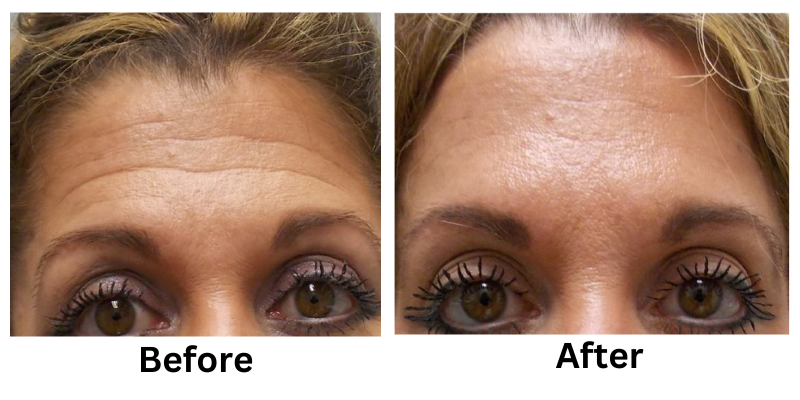
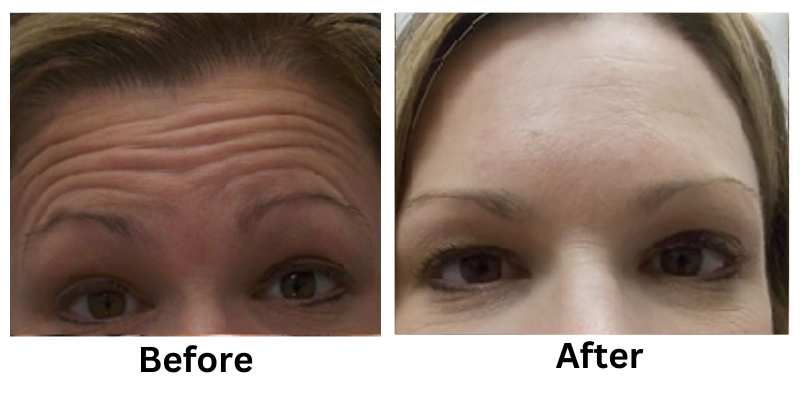
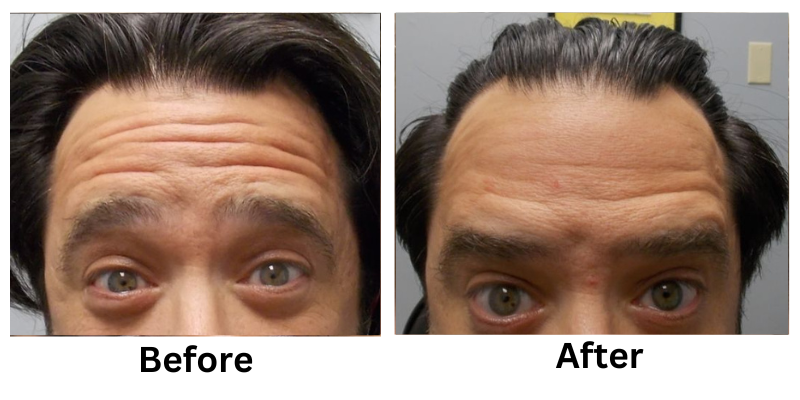
![[thumb]](https://slimmingsolutionsspa.com/wp-content/uploads/2023/12/botox1-150x150.png)
![[thumb]](https://slimmingsolutionsspa.com/wp-content/uploads/2023/12/Before2-150x150.png)
![[thumb]](https://slimmingsolutionsspa.com/wp-content/uploads/2023/12/Before3-150x150.png)
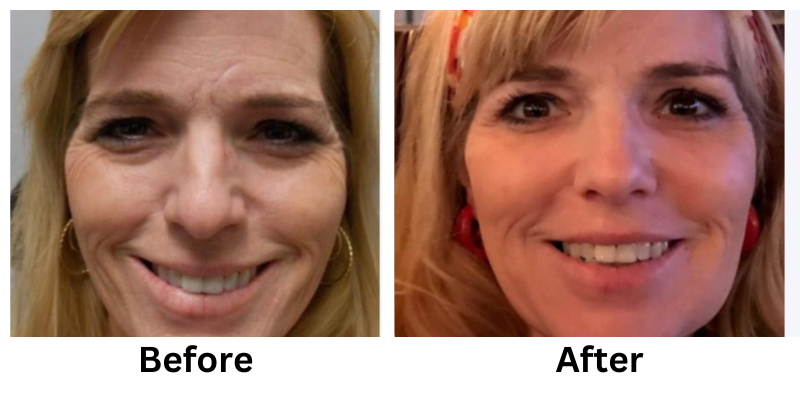

![[thumb]](https://slimmingsolutionsspa.com/wp-content/uploads/2023/12/Liquid-face-150x150.png)
![[thumb]](https://slimmingsolutionsspa.com/wp-content/uploads/2023/12/Liquid-face-1-150x150.png)
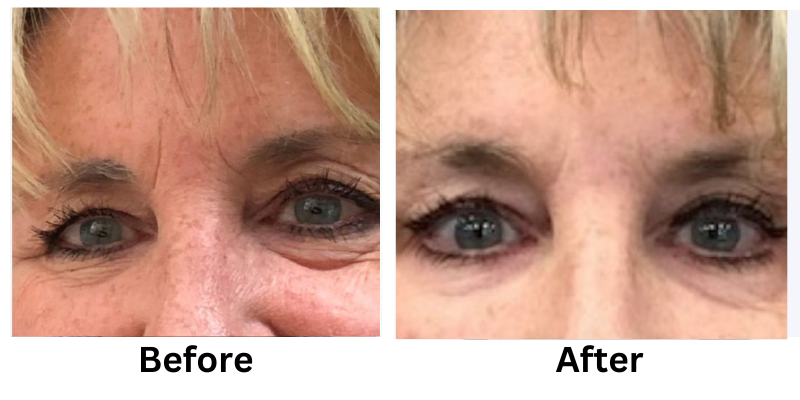
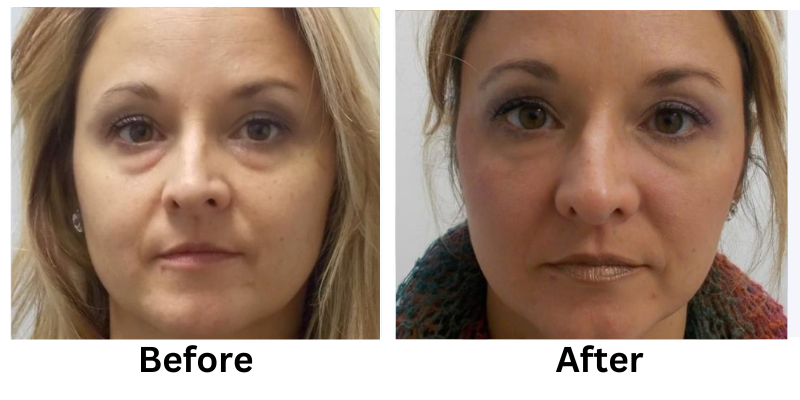
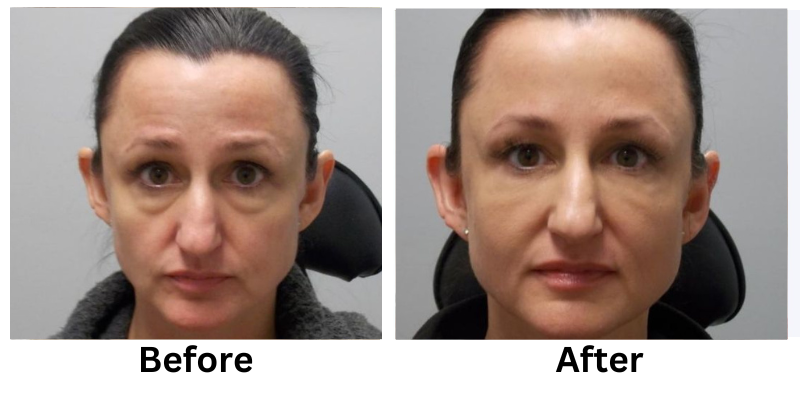
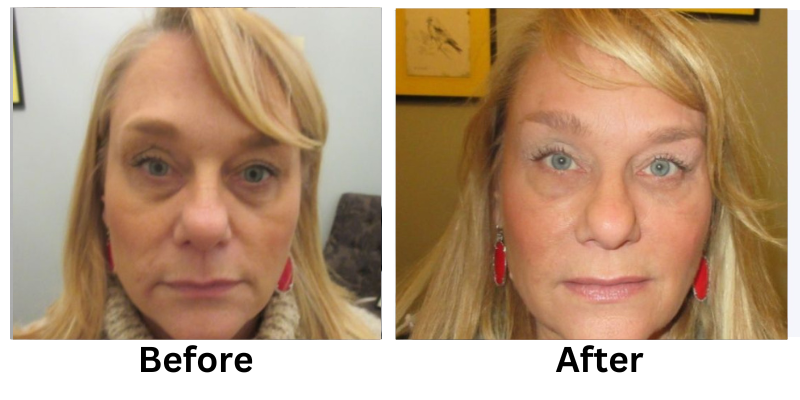


![[thumb]](https://slimmingsolutionsspa.com/wp-content/uploads/2023/12/revanesse-versa-1-150x150.png)
![[thumb]](https://slimmingsolutionsspa.com/wp-content/uploads/2023/12/revanesse-versa-2-150x150.png)
![[thumb]](https://slimmingsolutionsspa.com/wp-content/uploads/2023/12/revanesse-versa-3-150x150.png)
![[thumb]](https://slimmingsolutionsspa.com/wp-content/uploads/2023/12/revanesse-versa-4-150x150.png)
![[thumb]](https://slimmingsolutionsspa.com/wp-content/uploads/2023/12/revanesse-versa-5-150x150.png)
![[thumb]](https://slimmingsolutionsspa.com/wp-content/uploads/2024/01/Eyebrow-treatment-1-1-150x150.png)
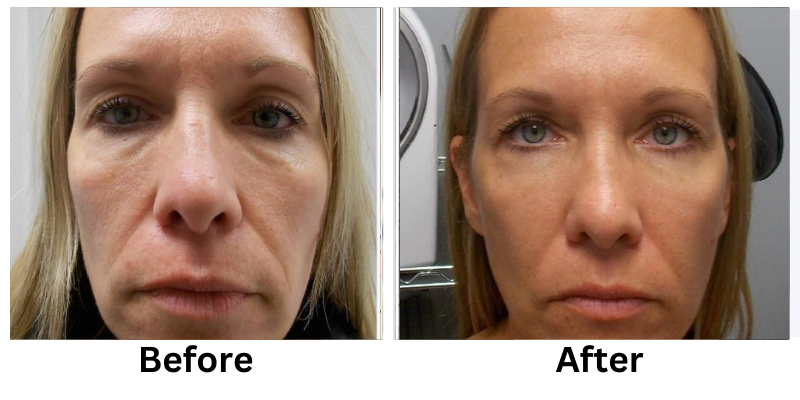
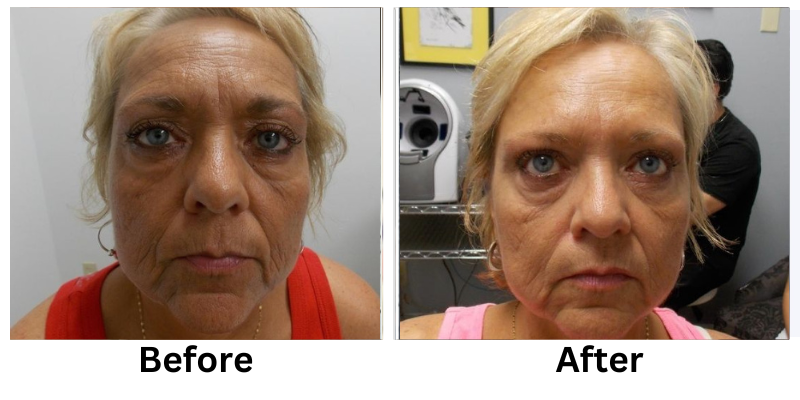
![[thumb]](https://slimmingsolutionsspa.com/wp-content/uploads/2023/12/Skin-Rejuvenation-1-150x150.png)
![[thumb]](https://slimmingsolutionsspa.com/wp-content/uploads/2023/12/Skin-Rejuvenation-2-150x150.png)


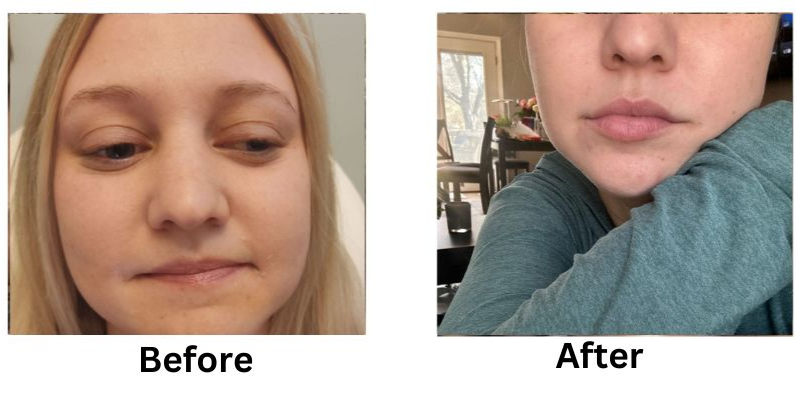
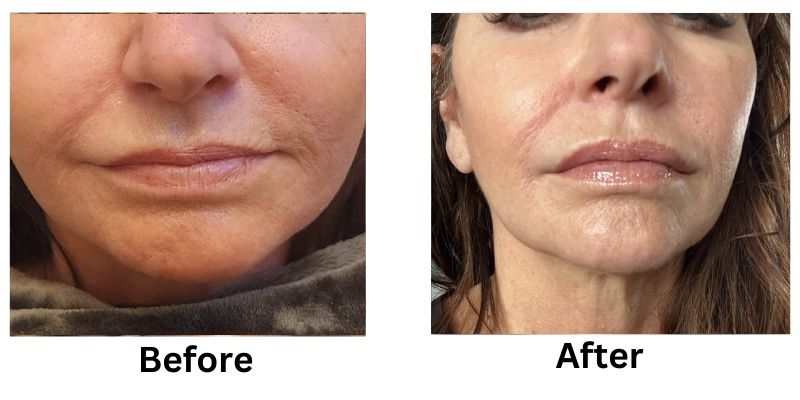
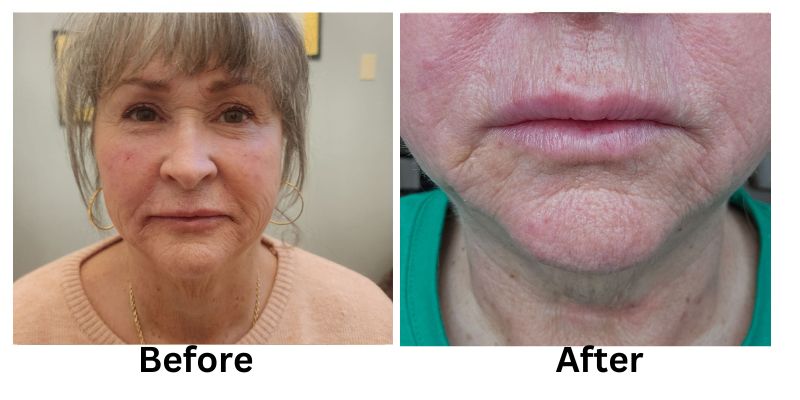
![[thumb]](https://slimmingsolutionsspa.com/wp-content/uploads/2024/01/Lip-Filler-1-150x150.png)
![[thumb]](https://slimmingsolutionsspa.com/wp-content/uploads/2024/01/Lip-Filler-2-150x150.png)
![[thumb]](https://slimmingsolutionsspa.com/wp-content/uploads/2025/02/Lip-Filler-1-150x150.png)
![[thumb]](https://slimmingsolutionsspa.com/wp-content/uploads/2024/01/Lip-Filler-150x150.jpg)
![[thumb]](https://slimmingsolutionsspa.com/wp-content/uploads/2024/01/Before-1-150x150.jpg)
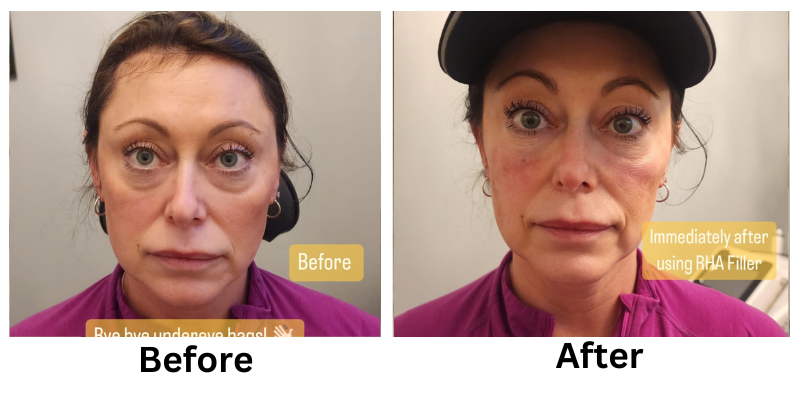
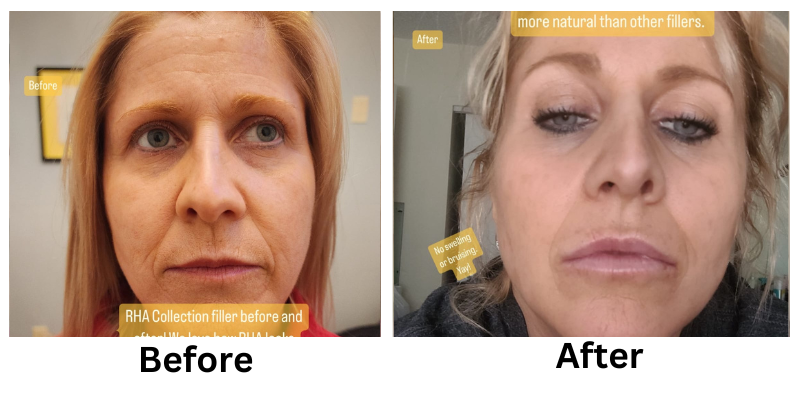

![[thumb]](https://slimmingsolutionsspa.com/wp-content/uploads/2024/01/RHA-Treatmetn-3-150x150.png)
![[thumb]](https://slimmingsolutionsspa.com/wp-content/uploads/2024/01/RHA-Treatmetn-2-150x150.png)
![[thumb]](https://slimmingsolutionsspa.com/wp-content/uploads/2024/01/RHA-Treatmetn-1-150x150.png)
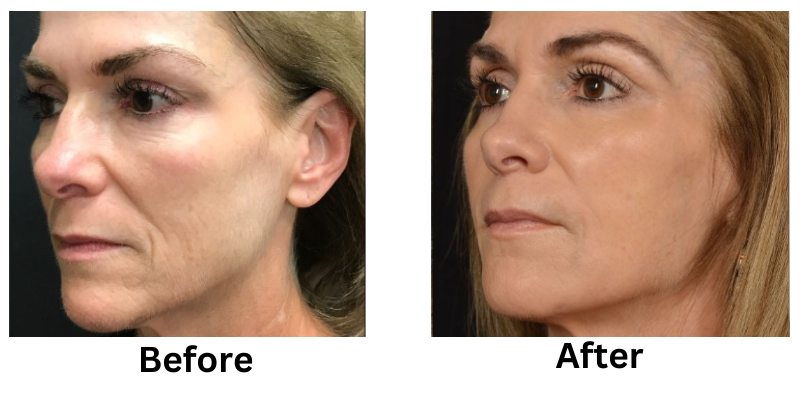
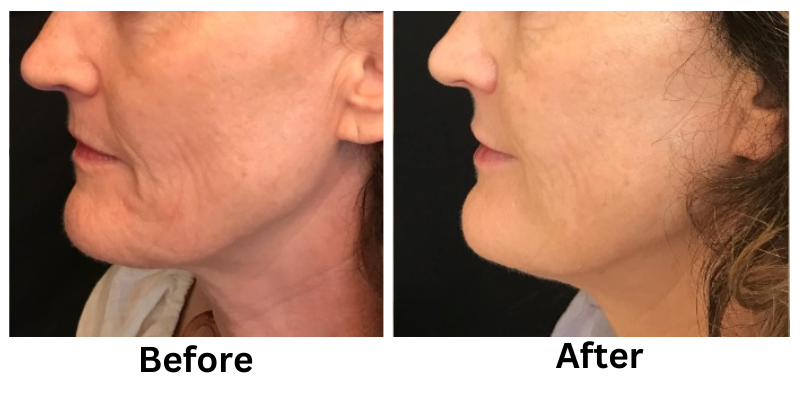
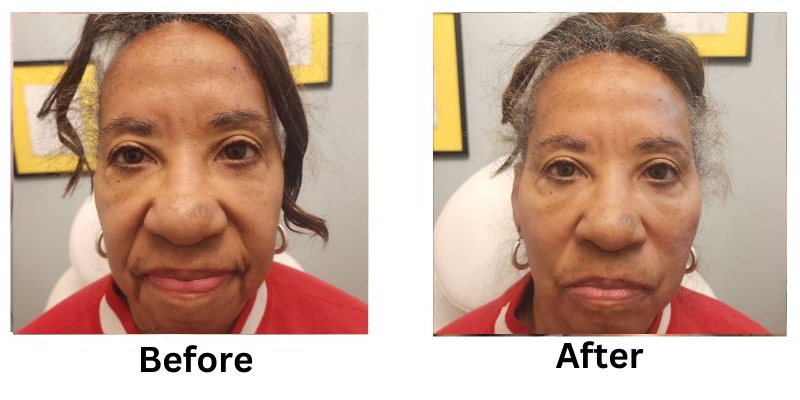
![[thumb]](https://slimmingsolutionsspa.com/wp-content/uploads/2024/01/Thread-Lifts-1-150x150.png)
![[thumb]](https://slimmingsolutionsspa.com/wp-content/uploads/2024/01/Thread-Lifts-2-150x150.png)
![[thumb]](https://slimmingsolutionsspa.com/wp-content/uploads/2025/02/Lip-Filler-2-150x150.png)
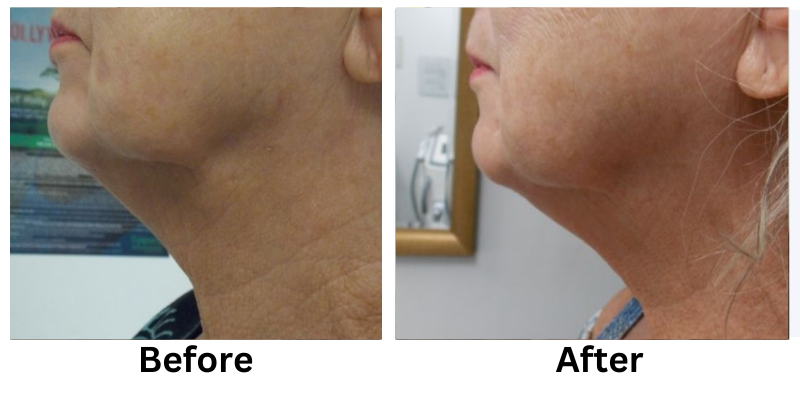
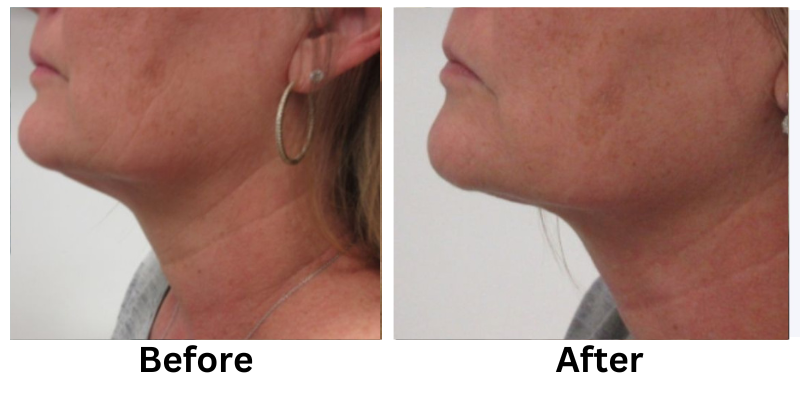

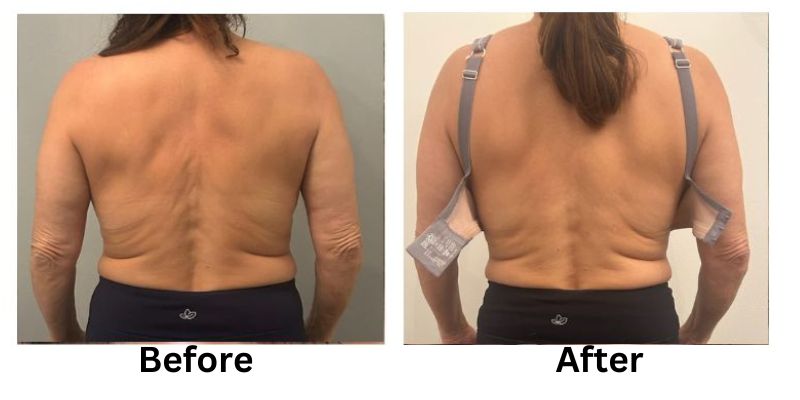
![[thumb]](https://slimmingsolutionsspa.com/wp-content/uploads/2023/12/skin-reuvulation1-150x150.png)
![[thumb]](https://slimmingsolutionsspa.com/wp-content/uploads/2023/12/skin-rejuvulation-2-150x150.png)
![[thumb]](https://slimmingsolutionsspa.com/wp-content/uploads/2023/12/Skin-Tighting-150x150.png)
![[thumb]](https://slimmingsolutionsspa.com/wp-content/uploads/2023/12/Before-150x150.jpg)
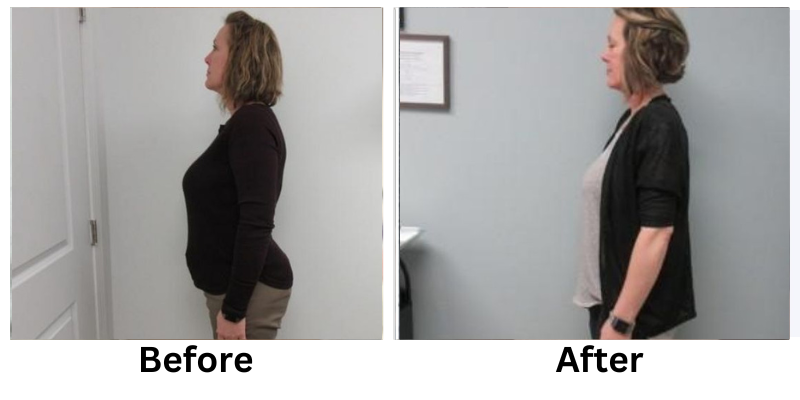
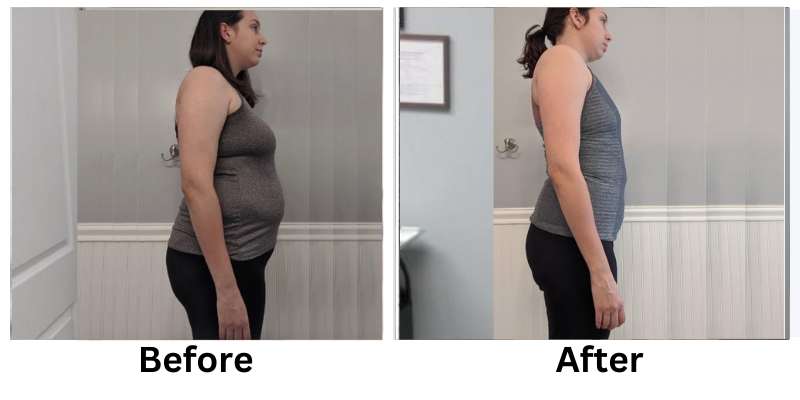
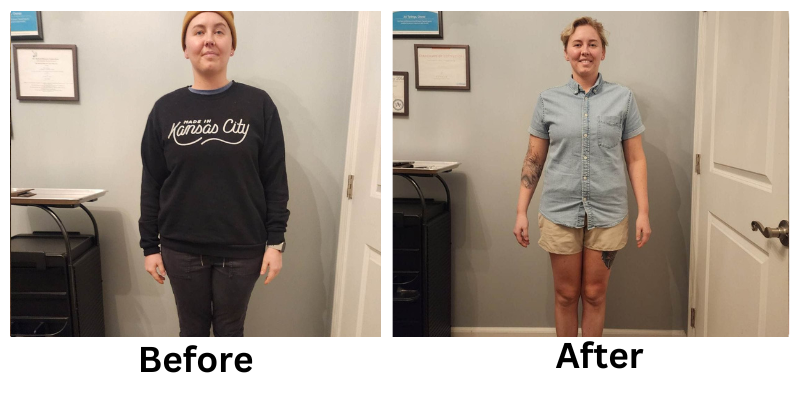
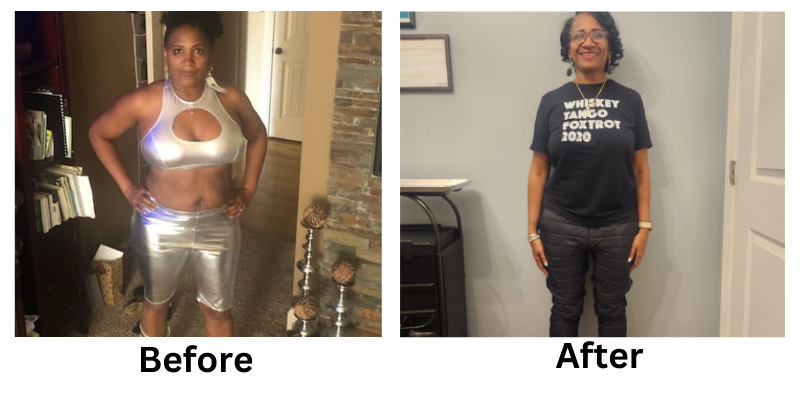
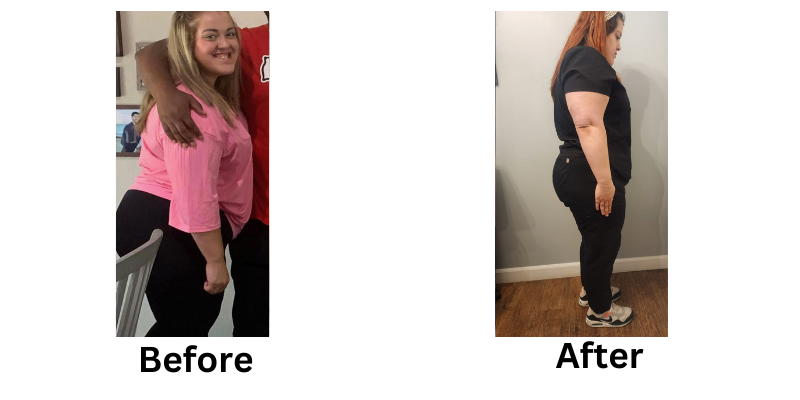
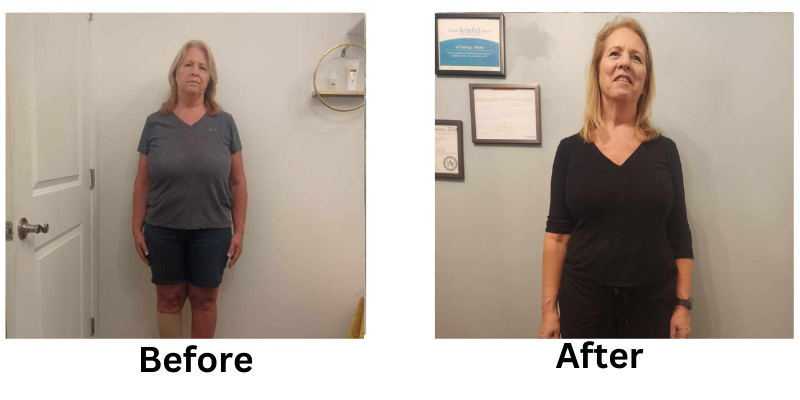
![[thumb]](https://slimmingsolutionsspa.com/wp-content/uploads/2023/12/weightloss-1-150x150.png)
![[thumb]](https://slimmingsolutionsspa.com/wp-content/uploads/2023/12/weightloss-2-150x150.png)
![[thumb]](https://slimmingsolutionsspa.com/wp-content/uploads/2023/12/2Weight-Loss-2-150x150.png)
![[thumb]](https://slimmingsolutionsspa.com/wp-content/uploads/2025/02/Weight-Loss-1-new-150x150.png)
![[thumb]](https://slimmingsolutionsspa.com/wp-content/uploads/2023/12/Weight-Loss-3-150x150.png)
![[thumb]](https://slimmingsolutionsspa.com/wp-content/uploads/2025/03/Slimming-Solutions-BA-Template-150x150.png)

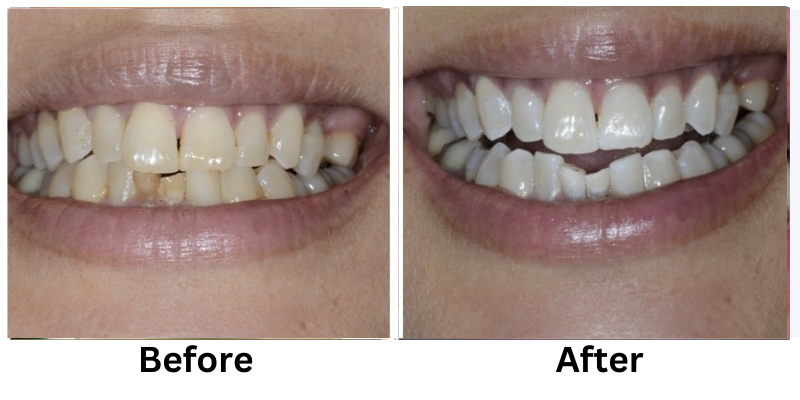
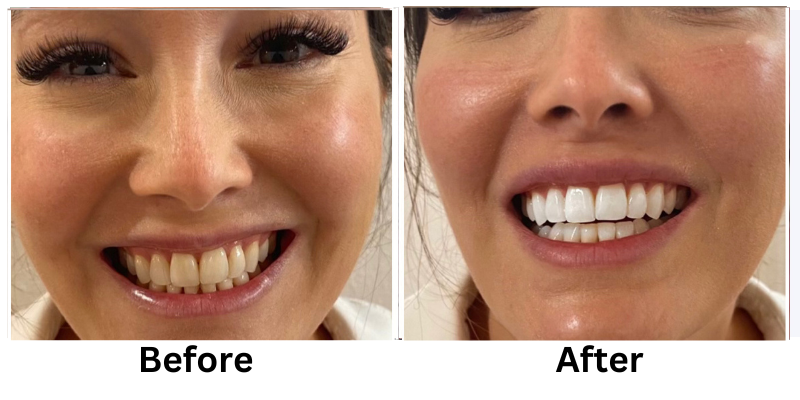

![[thumb]](https://slimmingsolutionsspa.com/wp-content/uploads/2023/12/dat3-150x150.png)
![[thumb]](https://slimmingsolutionsspa.com/wp-content/uploads/2023/12/dat-0-150x150.png)
![[thumb]](https://slimmingsolutionsspa.com/wp-content/uploads/2023/12/dat-1-150x150.png)
![[thumb]](https://slimmingsolutionsspa.com/wp-content/uploads/2023/12/Before-1-150x150.png)
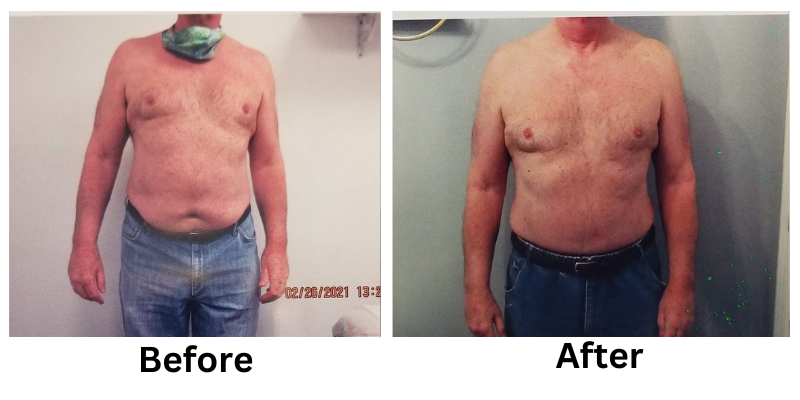

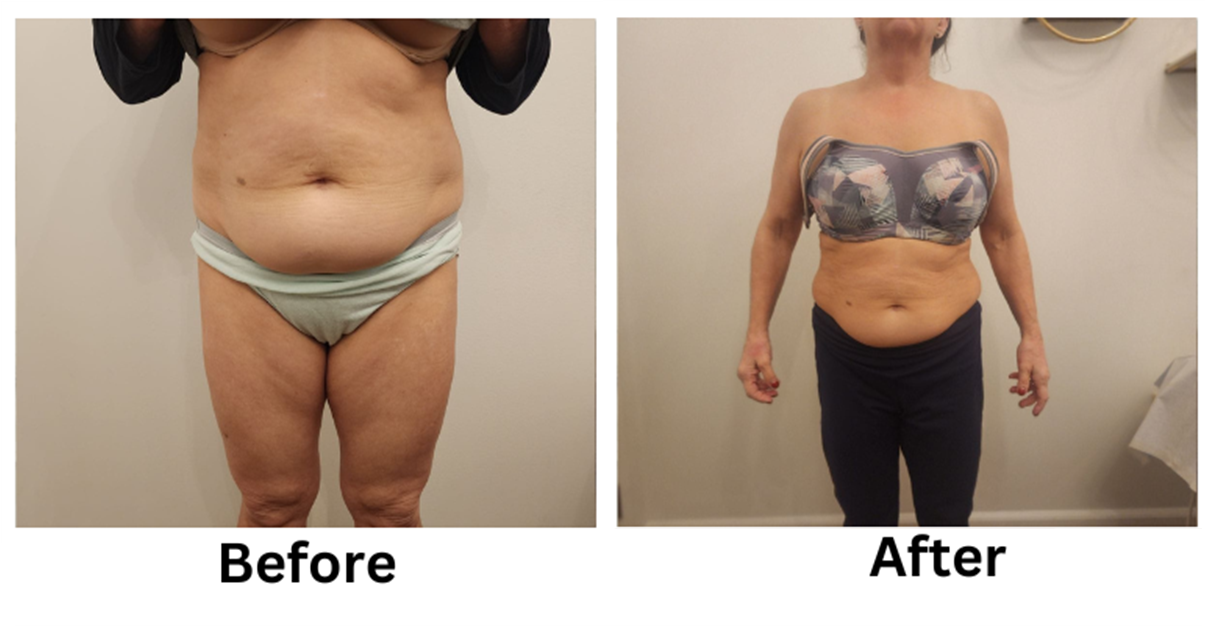
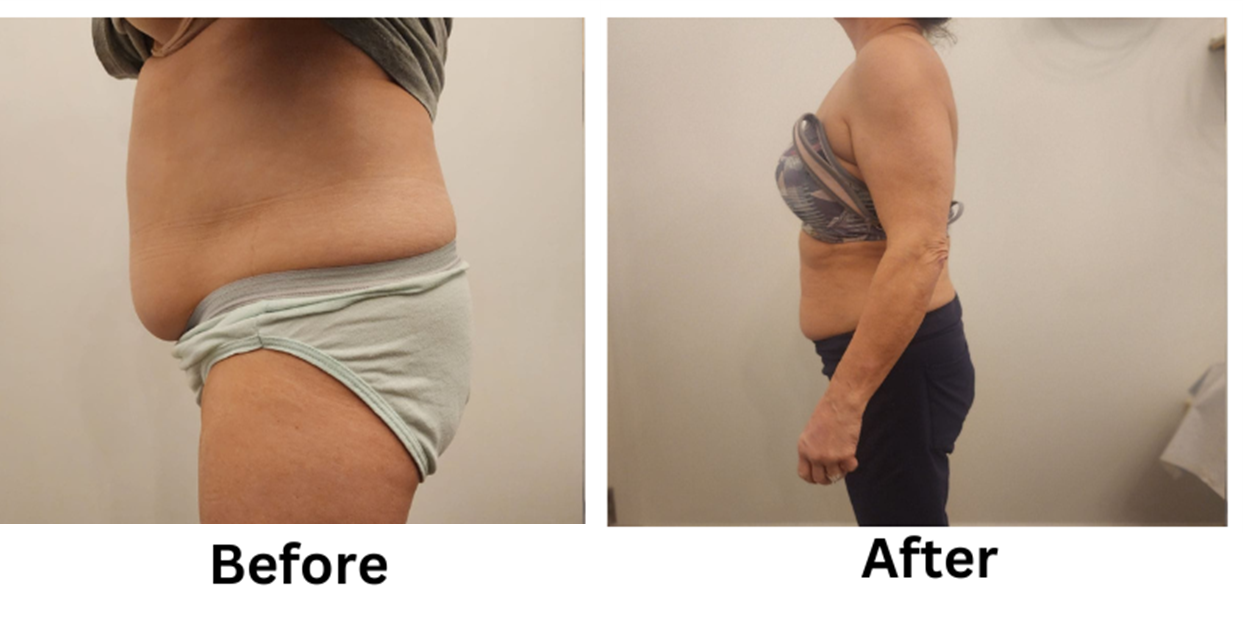
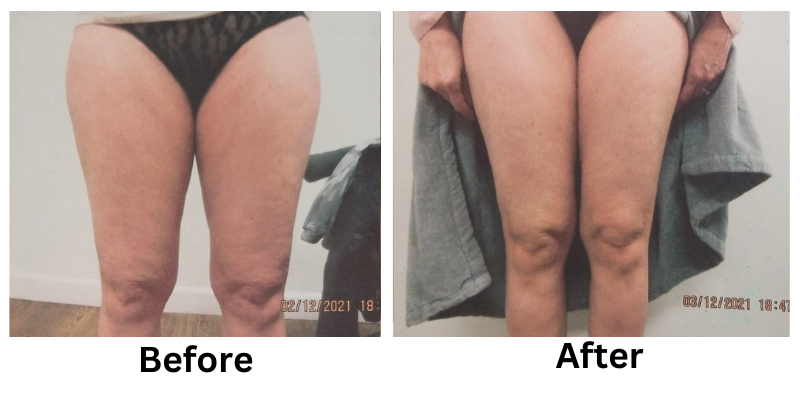
![[thumb]](https://slimmingsolutionsspa.com/wp-content/uploads/2024/01/EMS-Treatment-2-150x150.png)
![[thumb]](https://slimmingsolutionsspa.com/wp-content/uploads/2024/01/EMS-Treatment-1-150x150.png)
![[thumb]](https://slimmingsolutionsspa.com/wp-content/uploads/2025/02/ems-BNA-front-150x150.png)
![[thumb]](https://slimmingsolutionsspa.com/wp-content/uploads/2025/02/EMS-bna-SIDE-150x150.png)
![[thumb]](https://slimmingsolutionsspa.com/wp-content/uploads/2024/01/EMS-Treatment-6-150x150.png)
